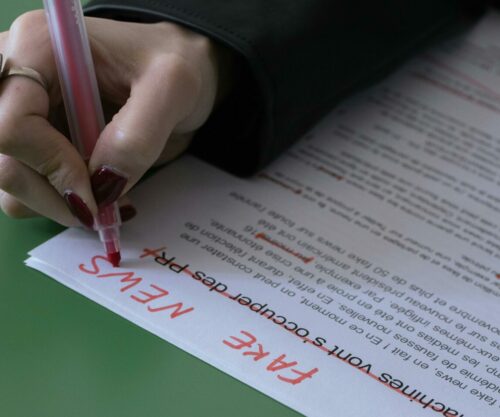
With the holiday season within reach, many people will have more time on their hands to tend to their gardens, and what better way to care for your plants than by going green… with some red?
By red, we mean period blood.
At first glance, you may think this is preposterous, but menstrual blood holds the necessary nutrients plants need. (Plus, it does not come with plastic packaging. Another win for planet Earth!)
Pixie Cup – a company that offers a variety of menstrual cups and period products – states that blood contains three primary plant macronutrients – nitrogen (which promotes plant growth), phosphorus (which is responsible for transferring energy from one point of the plant to another), and potassium (which helps regulate plant metabolism and affects water inside and outside of plant cells).

Ruby Cup – a company specialising in menstrual cups – shares that one’s period flow does not only consist of blood but also endometrial tissue, cervical mucus and vaginal secretions. “In total, this mix consists of a lot of water (as much as 90% of the blood part of the mix, plus some amount in each of the other substances).”
So, how do you go about using your period blood to fertilise your plants? Ruby Cup provides four easy steps if you are using a menstrual cup:
- Step 1: Collect the period blood in the menstrual cup.
- Step 2: Mix one part of period blood with two parts of water. As the period is organic, living tissue, make sure that the mixture becomes as liquid as possible so that it dissolves into the potting soil (the blood will turn bad if it is exposed to oxygen for too long).
- Step 3: Immediately water your plants with the mixture.
- Step 4: Remember to stick to your normal plant care routine (don’t forget the sun, shade, and water your plants need).

If you do not use menstrual cups and would like to use your period blood for your plants, fret not.
Soak your reusable menstrual pads – NOT disposable pads – in a bucket or container and use the liquid that comes from the soaking to fertilise your plants, suggests Pixie Cup. They also advised, “As a precaution, if you intend to use your soaking water on your plants, do not allow it to sit/soak for longer than a few hours. Bacteria can grow if left stagnant for too long.”
Also see: Things you shouldn’t do on your period




